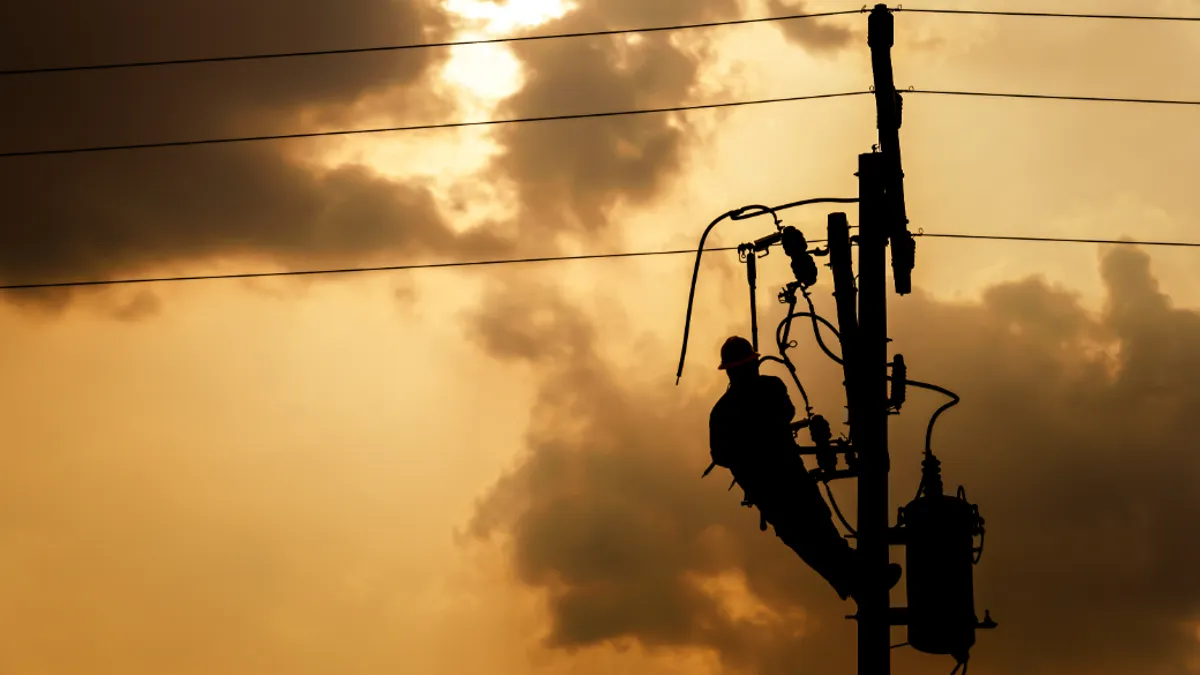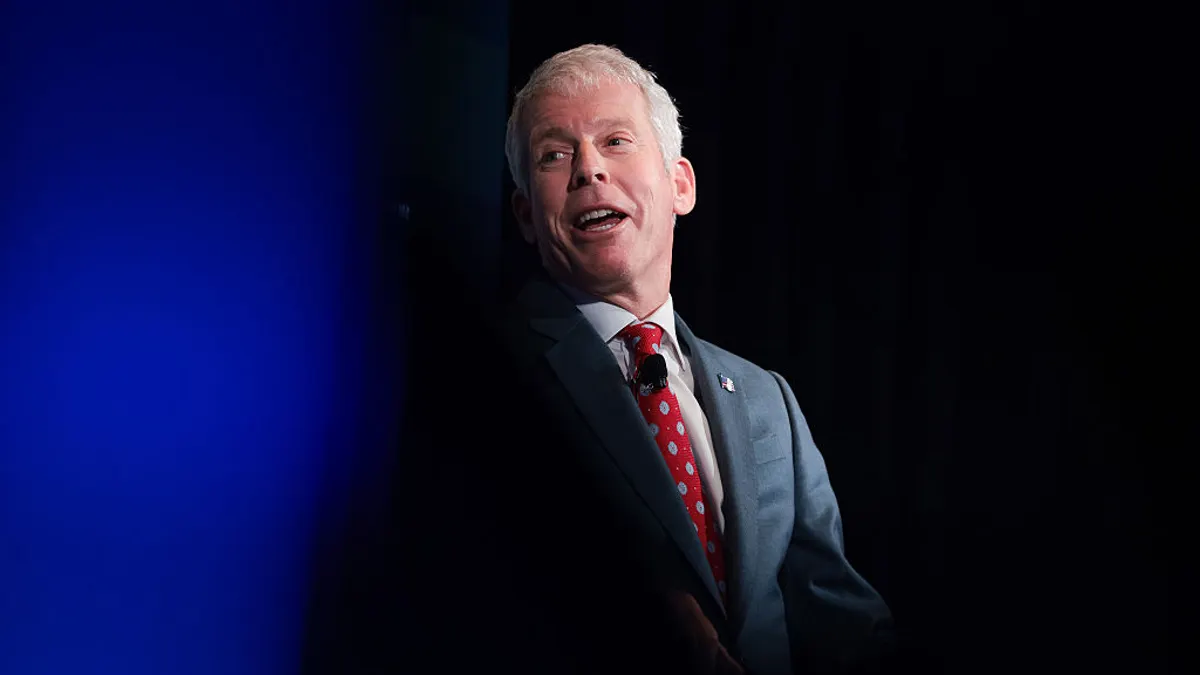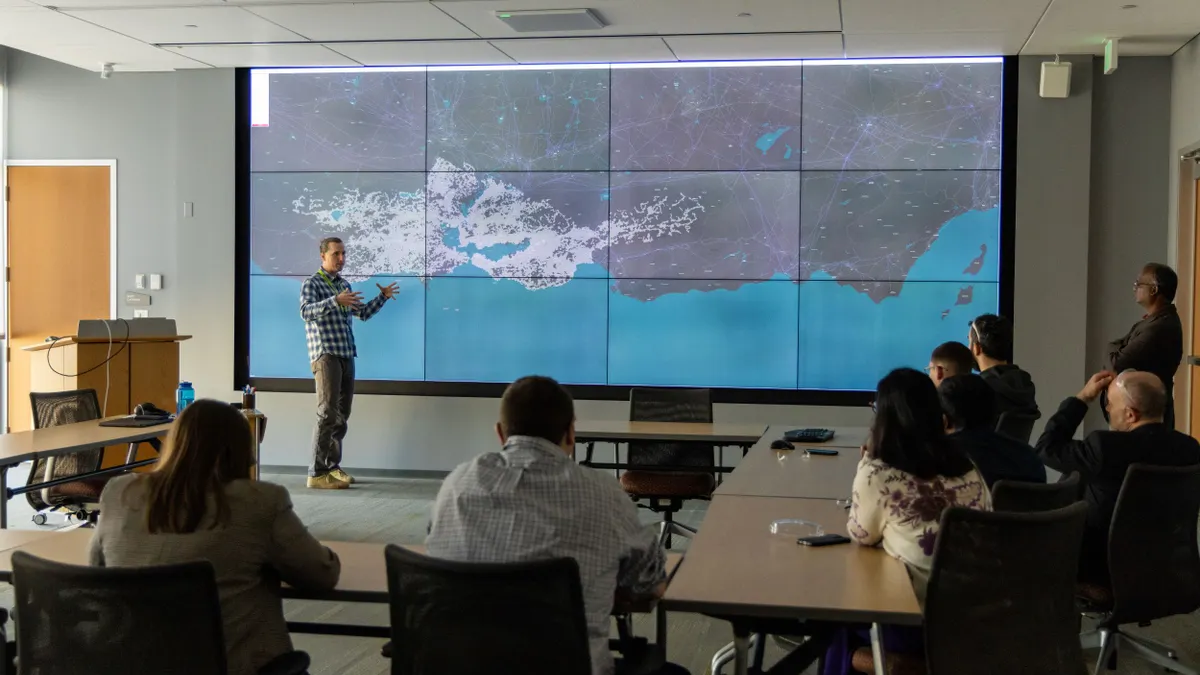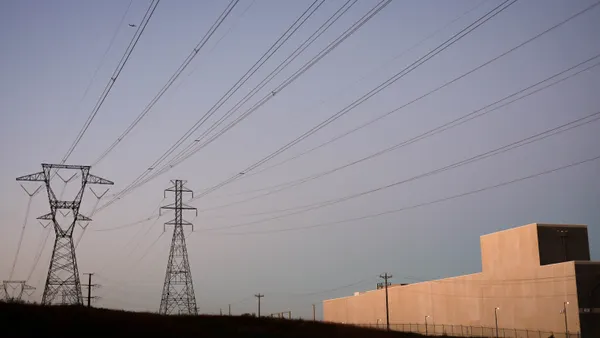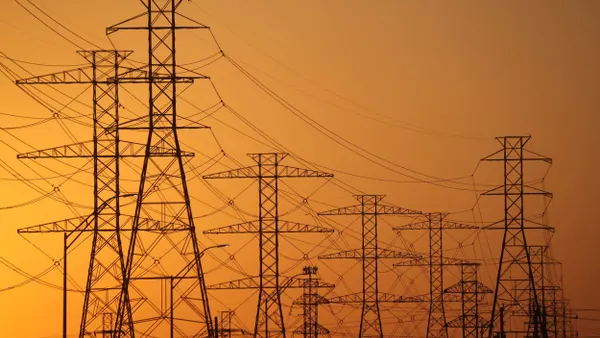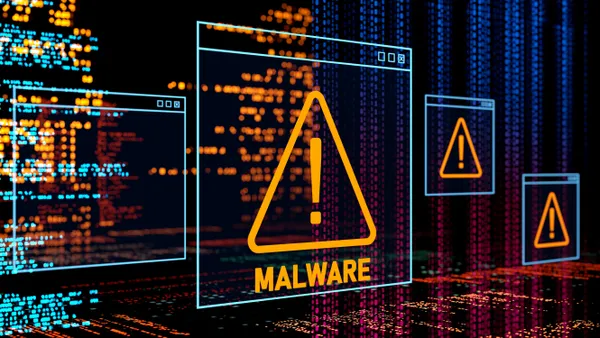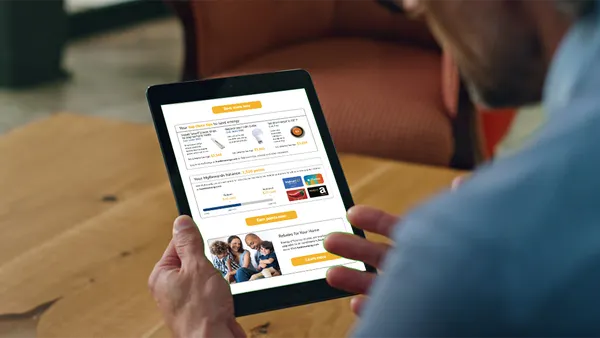Electricity consumption is on the rise, potentially leaving the grid more vulnerable to outages. Combined with extreme weather events that damage physical infrastructure such as poles and wires, necessitating rolling blackouts or public safety power shutoffs (PSPS), customers rely on their utilities to communicate when the lights will be turned back on. However, the communications surrounding these events often aren’t timely, and haven’t reflected real-time outages or power restorations. Through the modernization of a utility’s underlying software, utilities can manage customer communications by being able to have visibility of the outages and customers impacted.
What traditionally happens during an outage?
Utilities rely heavily on their customers to report outages as they occur. As customers call to report outages, utilities face higher call volumes, which can strain their ability to determine when and where an outage has occurred and the customers impacted by the outage. If they cannot manage the inbound call volume effectively, this can negatively impact a utility’s JD Power scores.
Once the outage is reported, the utility speaks with their field services team, asking them to check out the issue. Field service technicians relay this information and connect with the grid to determine the source of the outage. Utilities do make concerted efforts to update their outage maps, driven by customers calling in or reporting outages online.
Typically, customer service agents would have to reach out to a different department and ask for a list of customers that fall within a service area. This list is often pulled manually, and customer service agents have to cross-check customers and zipcodes to determine where the outage has occurred and who has been affected. Then, without proper segmentation, other disparate departments must collate all of these customers' information and send out communications ad hoc, through a laborious process. The information gathering alone may result in miscommunications about expected service restoration while customers are left in the dark.
In May 2024, we experienced this first-hand in Texas. Clamoring for accurate outage information, a social media user discovered that it was more accurate to use the fast-food chain, What-a-burger, as a default outage map that could help residents identify where power outages occurred during Hurricane Beryl. Following the chain’s mobile app, Houstonians could better determine where outages occurred across the city because the restaurant is typically open 24 hours a day — those closed indicated a lack of power. Customers found this source more helpful than relying on their utility, who had provided an outage map but was criticized heavily for its accuracy. Most notably, customers did not receive communications updating them on when electricity would be restored.
In California, we’re seeing PSPS events communicated to customers a few days before a scheduled outage. However, instead of sending out consistent communications to customers, updating them on events as they progress, they must check in with the utility’s website or social media for announcements. In the Northeast, a utility required an opt-in to restoration communications versus sending out communications based on areas affected by an outage, either through a link to an outage restoration map or to sign up for text alerts.
What can utilities do?
Utilities have an obligation to communicate as effectively with their customers as possible. Rather than rely on customers to monitor their outage information, utilities have an opportunity to communicate with their customers during outages proactively — if they have the right technology at their disposal. By having the right technology platform, utilities are able to identify the outage location, send this to their field team and accurately communicate the path to restoration (or restoration timeline). Through integrated systems, they can immediately identify which customers are affected in which areas, and proactively communicate updates using email and text messages.
What opportunities are possible with new technologies?
Adopting modern technology allows utilities to go beyond simply meeting basic communications and embrace proactive, timely interactions with customers. According to Questline Digital, outage communications open rates were at an all time high of 54.83% in 2024. By proactively communicating with customers, utilities can develop trust. This will be critical as we continue to see more demand on our grid.
Utilities that have robust communication with customers during outages are also set up for innovation. Utilities that manage Virtual Power Plants (VPPs) can enable customers to make their own informed decisions before any impending outages. Customers then have the choice of how they use their device. Whether it’s ensuring that the EV is fully charged ahead of an outage or even using their EVs or batteries to power their homes during the outage — potentially avoiding the impact of an outage altogether, platforms like Kraken can enable this customer experience.
By prioritizing timely and meaningful customer communications and engagement, utilities can increase safety, improve outage experiences and strengthen relationships with their biggest partners in the energy transition.

